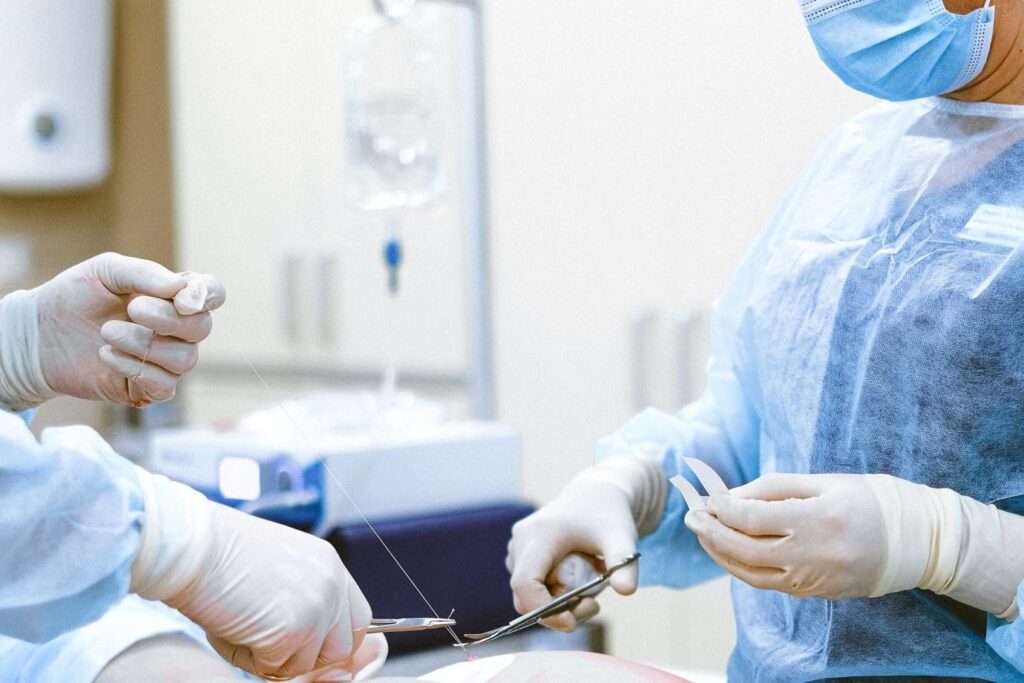Residency for Plastic Surgery – Overview
Plastic surgery is all about repairing, replacing, and reconstructing anatomic defects. These include repairing the craniofacial structure, the trunk, oral pharynx, extremities, and breasts.
Plastic surgery is usually about performing aesthetic surgical procedures to treat anatomic disfigurement.
Residency for Plastic Surgery
As a prospective plastic surgeon, you need to complete a doctor residency in plastic surgery. It is an extremely important step to becoming a certified professional plastic surgeon in the US.
There are two main types of plastic surgery residencies. You can choose an independent plastic surgery program for a 3 years duration. Alternatively, you can choose an integrated 6-year program too.
The independent residency programs are designed for candidates who have completed a residency in general surgery, ENT (otolaryngology), neurosurgery, orthopedics, or other surgical specialties and seek specialized training in plastic surgery.
This program also accepts candidates with 3–4 years of prerequisite general surgery training.
These programs should meet the criteria set by the American Board of Plastic Surgery (ABPS).
The integrated residency programs allow students to enter directly from medical school as a PGY1 without the need to complete a separate general surgery residency, providing a continuum of training leading to plastic surgery.
During this residency, you can expect to work in various surgical settings, including plastic surgery-specific rotations.
Different Phases to Complete Residency for Plastic Surgery
Let’s take a closer look at what goes into programs of residency for plastic surgery:

PGY1
This is the surgical internship year. Depending on your preparation, it could be either the most rewarding or toughest year of your residency.
This year is spent learning the basics of clinical patient management and basic surgical techniques.
You will mostly train in general surgery but often learn other specialties, such as orthopedic surgery, anesthesia, emergency medicine, etc.
While your focus may not be exclusively on plastic surgery in the early years, these rotations allow you to build foundational surgical skills and network with various healthcare providers.
PGY2
This is the first of two junior residency years. The curriculum for the second residency year varies. Usually, you will likely sit during consultations and participate in patient management.
You will also be tasked with one or more responsibilities. This year may also let you try your skills directly during plastic surgical procedures under the direct supervision of a certified plastic surgeon.
This year teaches you to manage simple and complex lacerations. You will also get a better understanding and interpretation of diagnostic techniques.
PGY3
This is the second of two years of junior residency, similar to the first year of training. You may be positioned as a senior during this time on a specific service.
You will also enjoy continued gradual autonomy on the floor and OR; hence, expectations will be high.
You may also take a more prominent role in performing complex plastic surgery operations during this residency year.
PGY4-6
These are the senior residency years in plastic surgery. During this time, you will need to perform plastic surgeries almost every day.
You will also handle major responsibilities around the workplace. You would be expected to lead larger cases and demonstrate your proficiency in a wide variety of plastic surgery cases.
Once you complete this residency in plastic surgery, you can either choose to continue to a fellowship or directly apply for employment.
Conclusion
Plastic surgery has become extremely high in demand over the past two decades.
Reports show that an increasing number of men and women are seeking to improve the aesthetics of plastic surgeries across the US.
The country has a significantly higher demand for certified, professional plastic surgeons.
If you follow these steps to complete your residency in plastic surgery, you can expect a long, fruitful career ahead as a professional plastic surgeon.
See Also
How to Become a Plastic Surgeon
All-Inclusive Plastic Surgery Vacation
Best Plastic Surgeon in California